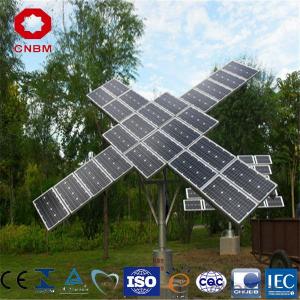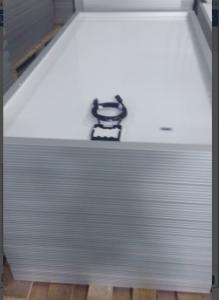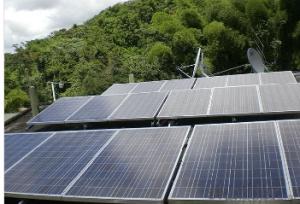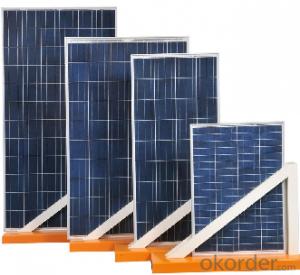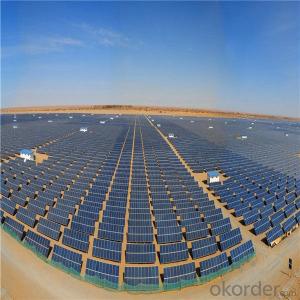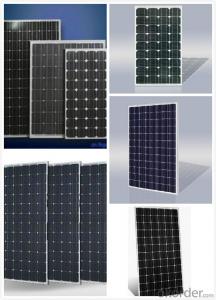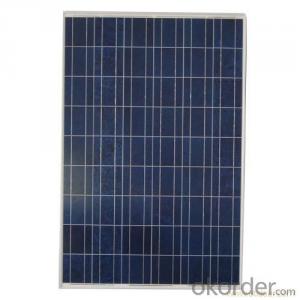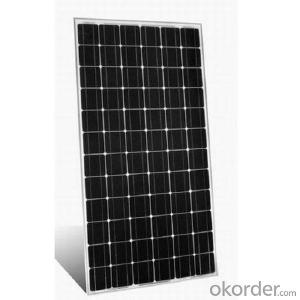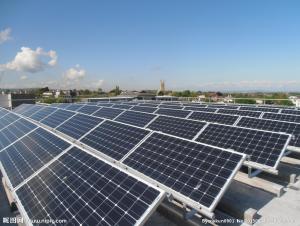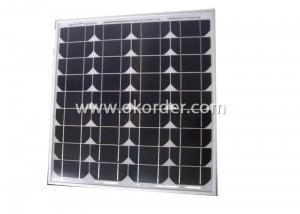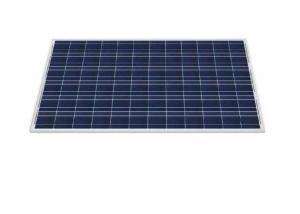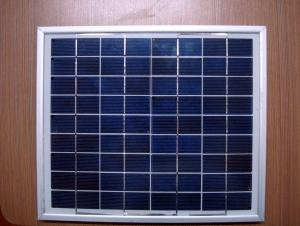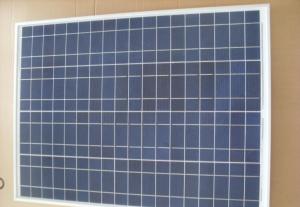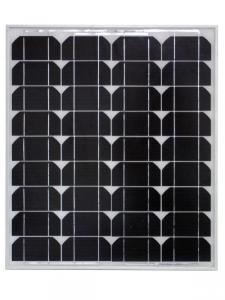Portable Folding Solar Panels 250w/255w Poly Solar Panel PV Module with High Quality and Lower Price
- Loading Port:
- Shanghai
- Payment Terms:
- TT OR LC
- Min Order Qty:
- 48 pc
- Supply Capability:
- 200000 pc/month
OKorder Service Pledge
OKorder Financial Service
You Might Also Like
Specification
250W Poly Solar Panel PV Module with High Quality and Lower Price of PV Solar Panel
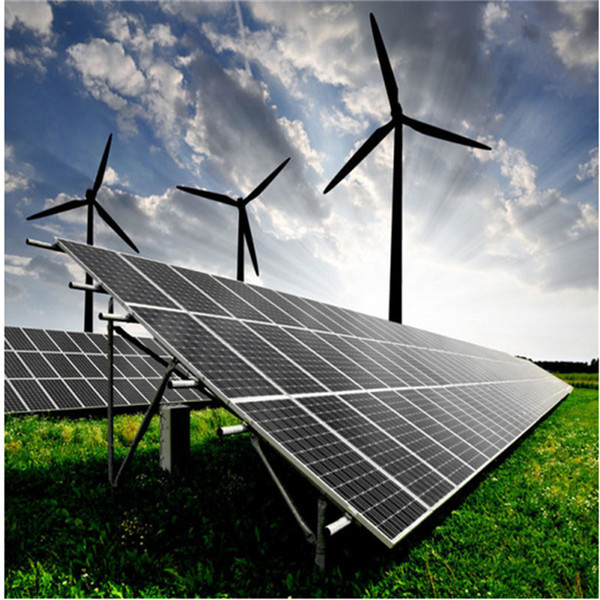
Description of PV
Pv solar module:
Scope: 40w - 310w/piece;
Solar cell: High efficient mono/poly crystalline silicon solar cell;
Long lifetime: More than 25years working life;
Tempered glass: High transmission rate glass increase the power output and mechanical strength of Solar module;
Frame: Aluminium alloy, without screw, corner connection;
Junction box: Multi function junction box with by pass diodes and wate proof;
Preventing from bad weather condition such as wind and hails;
Resisting moisture and erosion effectively, not effected by environment;
Certificate: ISO, CE,ROHS,TUV,IEC,CEC,CGC,UL,ETL,MCS,PV CYCLE,3E.Scope: 40w - 310w/piece;
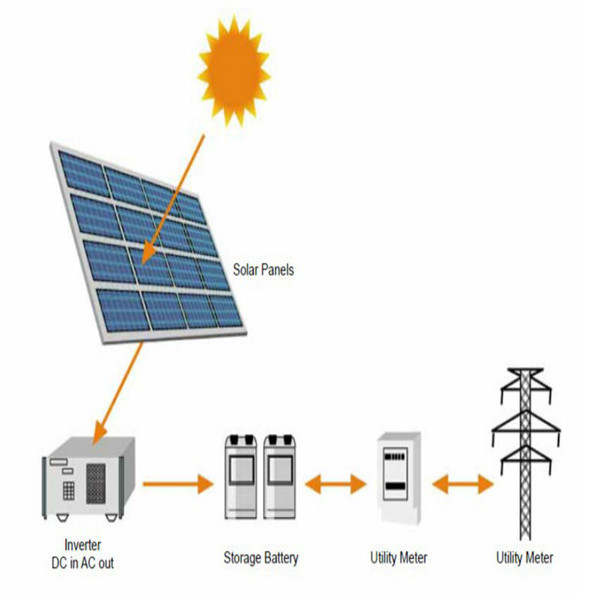
Solar cell: High efficient mono/poly crystalline silicon solar cell;
Long lifetime: More than 25years working life;
Tempered glass: High transmission rate glass increase the power output and mechanical strength of Solar module;
Frame: Aluminium alloy, without screw, corner connection;
Junction box: Multi function junction box with by pass diodes and wate proof;
Preventing from bad weather condition such as wind and hails;
Resisting moisture and erosion effectively, not effected by environment;
Certificate: ISO, CE,ROHS,TUV,IEC,CEC,CGC,UL,ETL,MCS,PV CYCLE,3
Technology with PV
ITEM NO.: | Poly 156*156 cell ,60pcs . Power range from 230Wp-260Wp | ||||||
Maximum Power(W) | 230 | 235 | 240 | 245 | 250 | 255 | 260 |
Optimum Power Voltage(Vmp) | 29.4 | 29.5 | 29.7 | 30.1 | 30.3 | 30.5 | 30.7 |
Optimum Operatige Current(Imp) | 7.83 | 7.97 | 8.08 | 8.14 | 8.25 | 8.37 | 8.48 |
Open Circuit Voltage(Voc) | 36.7 | 36.8 | 36.9 | 37.1 | 37.3 | 37.5 | 37.7 |
Short Circuit Current(Isc) | 8.52 | 8.59 | 8.62 | 8.65 | 8.69 | 8.73 | 8.78 |
Solar Cell: | 156*156 Poly | ||||||
Number of Cell(pcs) | 6*10 | ||||||
Brand Name of Solar Cells | CNBM | ||||||
Size of Module(mm) | 1650*992*40/45/50 | ||||||
Cable & Connector Type | Pass the TUV Certificate | ||||||
Frame(Material Corners,etc.) | Aluminium-alloy | ||||||
Back sheet | TPT | ||||||
Weight Per Piece(KG) | 19.5KG | ||||||
FF (%) | 70-76% | ||||||
Junction Box Type | Pass the TUV Certificate | ||||||
Tolerance Wattage(e.g.+/-5%) | ±3%, or 0-3% | ||||||
Front Glass Thickness(mm) | 3.2 | ||||||
Temperature Coefficients of Isc(%) | +0.04 | ||||||
Temperature Coefficients of Voc(%) | -0.38 | ||||||
Temperature Coefficients of Pm(%) | -0.47 | ||||||
Temperature Coefficients of Im(%) | +0.04 | ||||||
Temperature Coefficients of Vm(%) | -0.38 | ||||||
Temperature Range | -40°C to +85°C | ||||||
Surface Maximum Load Capacity | 5400Pa | ||||||
Allowable Hail Load | 23m/s ,7.53g | ||||||
Bypass Diode Rating(A) | 12 | ||||||
Warranty | 90% of 10 years, 80% of 25 years. | ||||||
Standard Test Conditions | AM1.5 1000W/ 25 +/-2°C | ||||||
Packing | carton or pallet | ||||||
1*20' | 14 Pallets / 316pcs | ||||||
1*40'STD | 25 Pallets / 700pcs | ||||||
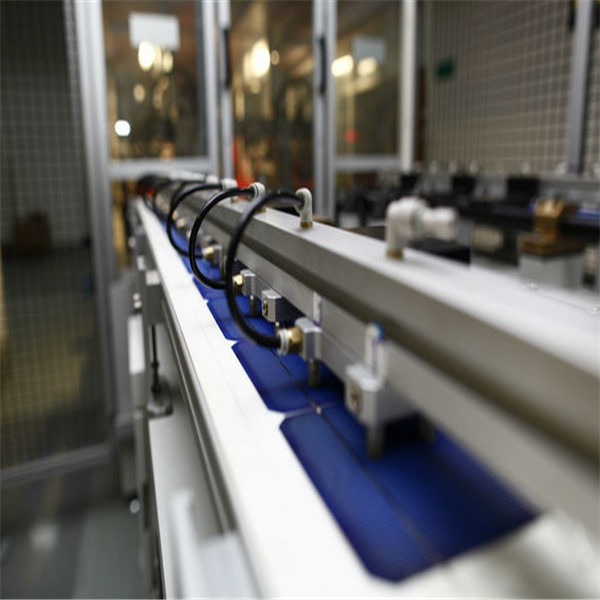
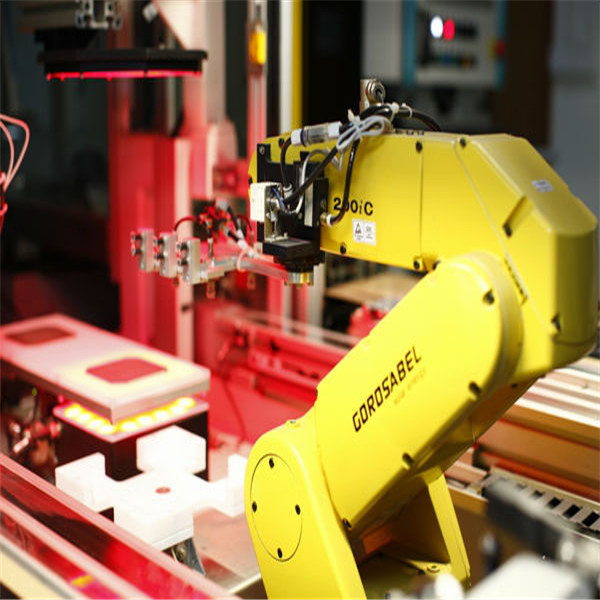
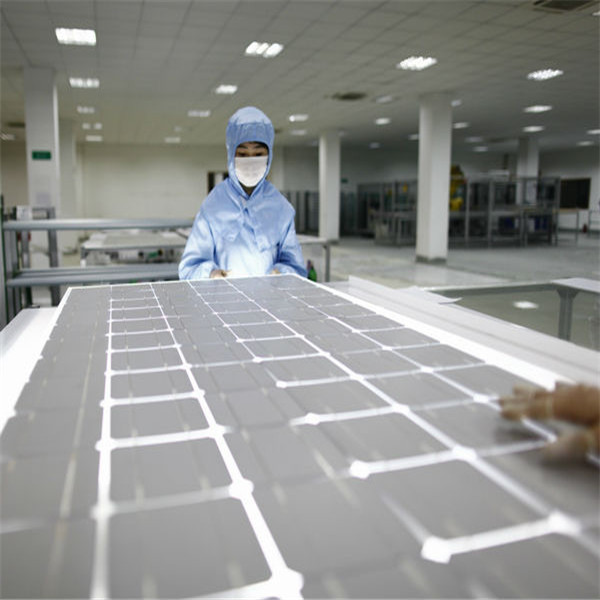
Production with PV
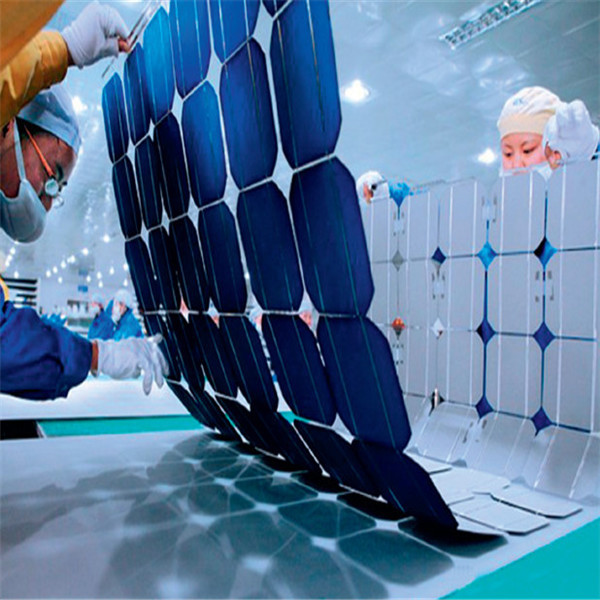
Solar panel quality and warranty
1. Peak power of single module in guaranteed in +-3%power tolerance.
2. Average power of modules in single order is guaranteed not less than the peak power
3. Rigorous quality control meets the highest international standard
5.5 years limited warranty on material and workmanship
6.10 years and 20 years limited warranty for minimum power output.
Aboutus with PV
CNBM International Corporation, as an important external business platform of CNBM Group, plays as a role to export solar products produced by CNBM. Headquartered in Beijing, We have entered into Solar PV industry since 2005. CNBM Solar is specialized in PV power systems which takes advantage of reliable supplying, convenient installation and free maintenance, and has been used widely, and it is the compensation and substitution of normal power supply. We provide power solutions for home, business and industrial customers, and provide off-grid PV systems for rural area. Our company not only can supply high quality solar Products, but also provides professional system Solutions and high quality services.
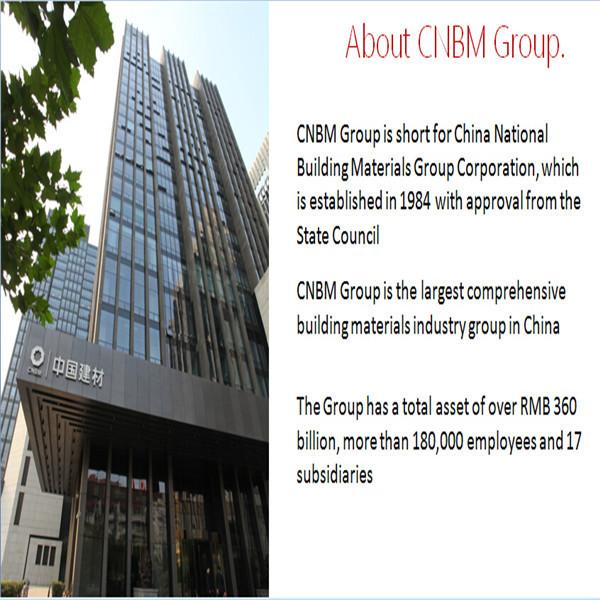
- Q: I have a cabin that is way out in the middle of no where, it would cost 000's of dollars to get power to it. If I have a 8,000 BTU air conditioner that runs on 25 volts and 5 amps (or 875 watts)How many solar panels will I need to run this during the day, plus charge the batteries to run it all night? How many batteries would I need
- It would just be cheaper to run the power lines back to the house but what ever you do DONT take electricity from the drop above the meter for free at night. That would be wrong! Lol sticking it to the man!
- Q: Are photovoltaic cells the same as solar panels?
- Solar panels are covered with photovoltaic cells that convert sunlight into electricity. So photovoltaic cells are part of solar panel. renewableenergyarticles.blogspot....
- Q: I am doing a science fair project on solar panels, and I need four solar panels to conduct the experiment. I would only need the solar panels for a week. What type of solar panel should I get?
- If okorder / for some ideas.
- Q: I am looking at a need of roughly 30w/hour need per 24 hour period. I have spent several hours now looking for information online and have found plenty of info regarding the panels themselves, but information regarding the batteries backups have been slim. I understand that there is a 5-7 hour peak time to collect the energy. I am looking for information regarding the batteries themselves. How do the batteries work, what size batteries should I look for, and what is the life expectency for the batteries? Any website links would also be appreciated!
- First, you didn't say the voltage. Second, 30 W/hour per day. Third, battery backup capacity in Ah = Ampere hour. For 2 Volt DC here's the calculations : 30 w/hour means = 0.83 or rounded Ampere hour. You know peak time 5-7 hour (let say 6 hour)charging time (collect the sun energy). Ampere hour per day (24 hour), with 20 Ah Battery backup is OK. And the Solar Panel is 3 Ampere charging capacity minimal = 3 Amp x 6 hour = 8 Amp hour.
- Q: How do solar panels affect the property taxes?
- Solar panels can potentially affect property taxes, but the impact varies depending on the jurisdiction. In some areas, installing solar panels may increase the assessed value of a property, leading to higher property taxes. However, many states and municipalities offer tax incentives and exemptions that can offset any potential increase. It is advisable to consult with local tax authorities or a tax professional to understand the specific implications for a particular property.
- Q: Can solar panels be used for powering electric boats or marine vessels?
- Yes, solar panels can be used to power electric boats or marine vessels. Solar panels are a sustainable and efficient source of energy that can be used to charge the batteries of electric boats, providing a clean and renewable power source for propulsion. This helps reduce dependence on fossil fuels and minimizes the environmental impact of marine transportation.
- Q: Can solar panels be installed on a community center or recreational facility?
- Yes, solar panels can be installed on a community center or recreational facility. In fact, these types of buildings are often ideal for solar panel installations due to their large roof spaces and high energy consumption. Installing solar panels can help these facilities save on electricity costs and promote sustainable practices within the community.
- Q: Can solar panels be used to power swimming pools?
- Yes, solar panels can be used to power swimming pools. Solar panels generate electricity by converting sunlight into energy, which can be used to power various devices and appliances, including swimming pool pumps and heaters. By installing solar panels, pool owners can significantly reduce or eliminate their reliance on traditional electricity sources, making it a sustainable and cost-effective way to power swimming pools.
- Q: Can solar panels be installed on historical landmarks or monuments?
- Yes, solar panels can be installed on historical landmarks or monuments, but it requires careful consideration and planning to ensure that the installation does not compromise the historical integrity or aesthetic value of the site.
- Q: I have two solar panels and I have measured that they produce V by themselves. I am trying to generate .5V, but whenever I hook them up in parallel I get something like .02V. What it happening?
- Build okorder /
Send your message to us
Portable Folding Solar Panels 250w/255w Poly Solar Panel PV Module with High Quality and Lower Price
- Loading Port:
- Shanghai
- Payment Terms:
- TT OR LC
- Min Order Qty:
- 48 pc
- Supply Capability:
- 200000 pc/month
OKorder Service Pledge
OKorder Financial Service
Similar products
Hot products
Hot Searches
Related keywords
